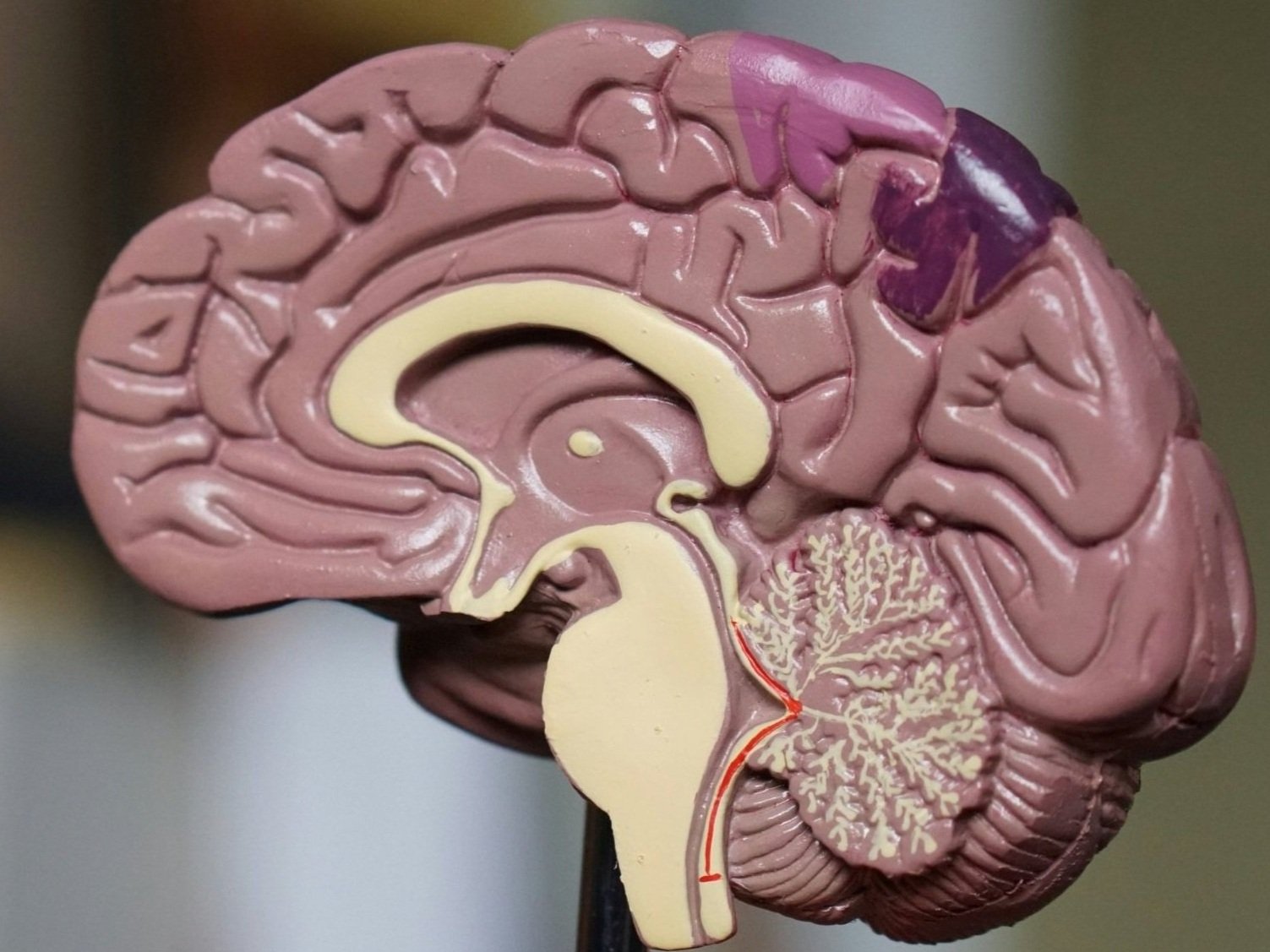What Is Neuroplasticity?
Your brain is like a muscle—and like other muscles, it will atrophy without regular exercise. Use it or lose it, as the saying goes. And with dementia and Alzheimer's disease on the rise in the United States, it is more important than ever to keep your brain young and healthy.
Your brain is like a muscle. Use it or lose it.
Neuroplasticity, also known as brain plasticity, is the brain’s ability to change and grow over time. It is the process of forming new connections in your brain while weakening old ones. Whenever you learn a new route to the store, go somewhere new, or simply remember someone’s name, you are expanding your brain’s neuroplasticity.
It is no surprise that neuroplasticity is essential to physical therapy. Whether you are learning a new movement pattern, improving your coordination, or recovering from soft-tissue trauma, you are rewiring your brain. And the more neural pathways your brain develops, the faster and stronger it will be at creating even more.
In other words, neuroplasticity is how you rewire your brain, helping you think differently and more clearly, heal from injury, break bad habits, and build good ones.
Neuroplasticity is how you rewire your brain.
This is the basic idea behind neural layering—combining multiple small, simple skills into a larger, more complex movement, so that the parts merge into the whole. For example, to run effectively and efficiently, you first have to master several skills—diaphragmatic breathing, activating the appropriate muscles throughout your body, calibrating your proprioception, and so on—until your brain learns to combine them into one dynamic movement without conscious effort.
Practice Neural Layering
An easy way to develop your neuroplasticity is to practice controlling your breathing while performing a bridge exercise. To help maintain correct form, you can also place a resistance band around your legs.
Lying on your back with your knees bent and your feet flat on the ground, inhale through your nose and tighten your stomach muscles to stabilize your pelvis.
Exhaling through your mouth, squeeze your buttocks and push through your feet to lift your hips off the floor until they are in line with your knees and shoulders. Hold for five seconds.
Inhaling through your nose, slowly lower your hips, keeping your glutes and lower abs engaged until your back reaches the ground.
Repeat ten to fifteen times for two to three sets.
The goal of this exercise is to move with your breath—rising with every exhale, lowering with every inhale. This will help develop your bodily awareness as well as train your brain to regulate your nervous system during physical activity.
The goal is to move with your breath.
Practice this exercise three to five times a week to begin building a strong neural connection between your breath and your body. For an additional challenge, focus on maintaining your ankle stack.

